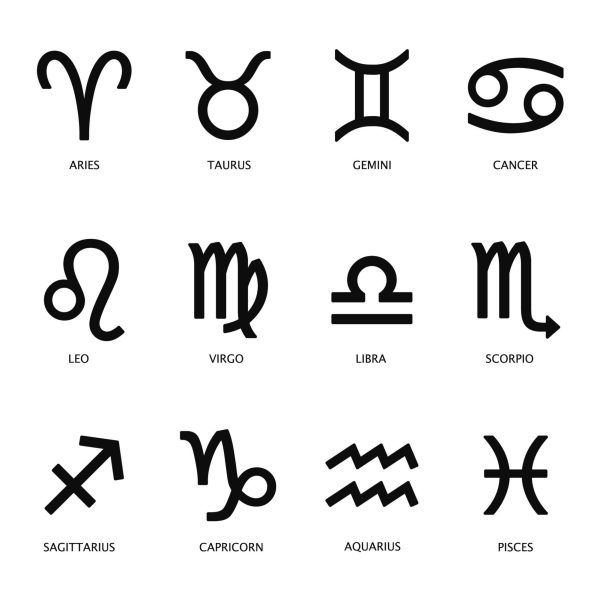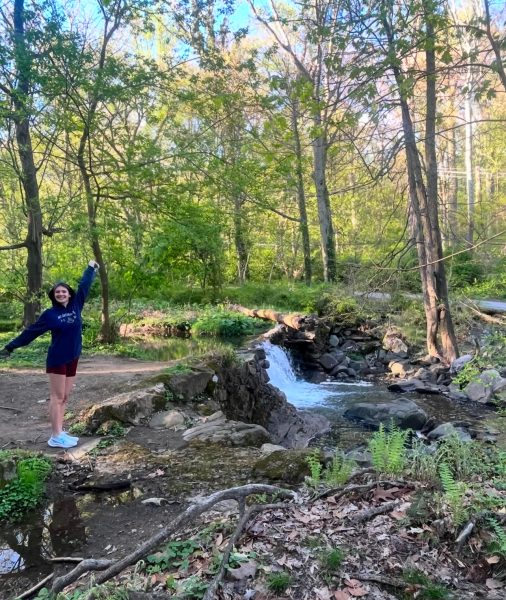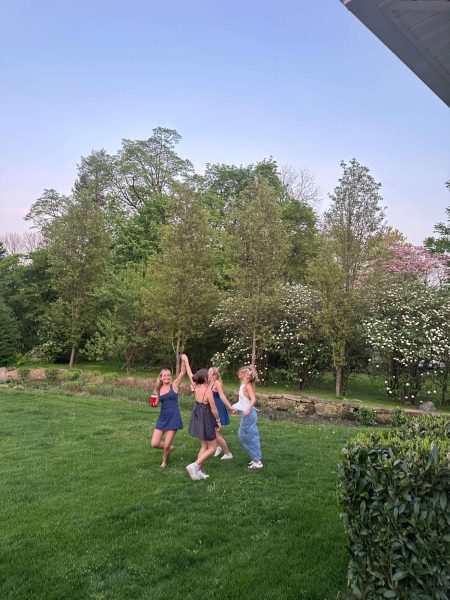Getting the buzz on LinkedIn: Social media in the professional world
February 3, 2015
The term “social media” is often associated with tweets, posts, pics, snaps and pokes on Facebook, Twitter, Instagram, Snapchat, Pinterest, Tumblr and any number of other sites. However, the use of technology and social media has now permeated professional services and career development. In this endeavor, LinkedIn is leading the charge.
LinkedIn is a social networking site that facilitates the networking process with business professionals across all industries. Additionally, LinkedIn users can search for available positions and explore various career paths.
According to a Jobvite, a leading online recruiting platform, LinkedIn is used by 94 percent of recruiters who are trying to fill a vacant position or recruit new talent. LinkedIn’s recruiter use rate far surpasses its closest competitor, Facebook, which is listed at 65 percent. Facebook was followed by Twitter, Google+ and YouTube.
According to Kevin Grubb, Associate Director of Digital Media and Assessment at the University’s Career Center, LinkedIn is valuable “because it helps students realize the power of their networks and puts them in front of recruiting employers who are consistently turning to the site to find candidates.”
One of the most useful functions LinkedIn offers, according to Grubb, is the ability to evaluate the “degrees of separation” between contacts of interest. Networking, according to many professionals, is one of the most important skills to use and refine when searching for career opportunities. As an increasing number of people learn to use networking to their advantage, LinkedIn becomes increasingly valuable to users.
Nancy Dudak, Executive Director at the Career Center, says there is much more to an effective profile than simply creating a page and periodically checking in. Instead, she argues that students need to be proactive. In other words, a scant profile implies a level of ambivalence that will set a user behind when competing for positions.
Dudak offered a handful of suggestions, including personalizing a “Request to Connect Message.” A personalized message should describe your relationship with the person you are trying to connect with and why they should accept the connect request. Conversely, a generic message is more likely to be ignored and, in a competitive environment, a connection lost can be detrimental in the long run.
Another recommendation of Dudak is to join groups. These groups allow users to communicate and interact with people who share interests, majors or career aspirations. Joining a group automatically increases a student’s reach and vastly improves the likelihood that a connection will develop into a fruitful relationship.
Similar to using groups, Grubb recommends using the alumni function and says this is a capability often underutilized by students. This allows Villanova students to connect with alumni who can easily empathize with the position current students find themselves in.
The University boasts a strong alumni network that students are encouraged to use when searching for opportunities. For many students this is an excellent introduction to the vast resources the University has in terms of professional affiliations.
The University’s official alumni group on LinkedIn has approximately 90,000 members that students can filter by geography, employer and major. These alumni serve as valuable resources for current students to reach out to and communicate with.
For students who might not know how to use LinkedIn or where to start, Grubb emphasized that simply completing a profile and using a professional picture are strong starts.
While it is important to take the first step in establishing a presence on LinkedIn, frequently updating your profile will be the most beneficial. He recommended including previous jobs, education, extracurricular activities, relevant course work and any other relevant experiences. Above all else, employers want to see that students have been active in their educational careers.
Both Grubb and Dudak spoke about the importance of key phrases and words that will catch the attention of an employer. These phrases will help define you and your interest and serve to separate your profile from the rest of the pack.
Although these phrases are critical in drawing attention to your profile, passion and individuality, ultimately, are the most important. In other words, what makes a profile unique is the same as what makes the user unique.
Trying to force an image or perception upon a viewer will drive a recruiter away because they can easily tell when someone is disingenuous, or when someone isn’t willing to put in the effort to differentiate themselves. What recruiters are looking for in a profile is the individuality of the person, not a list of buzz-words.
The Career Center is staffed with experts on using LinkedIn and students are encouraged to reach out if anyone has questions. Students interested in expanding their professional network and networking opportunities would be well served by using LinkedIn to connect with employers.











